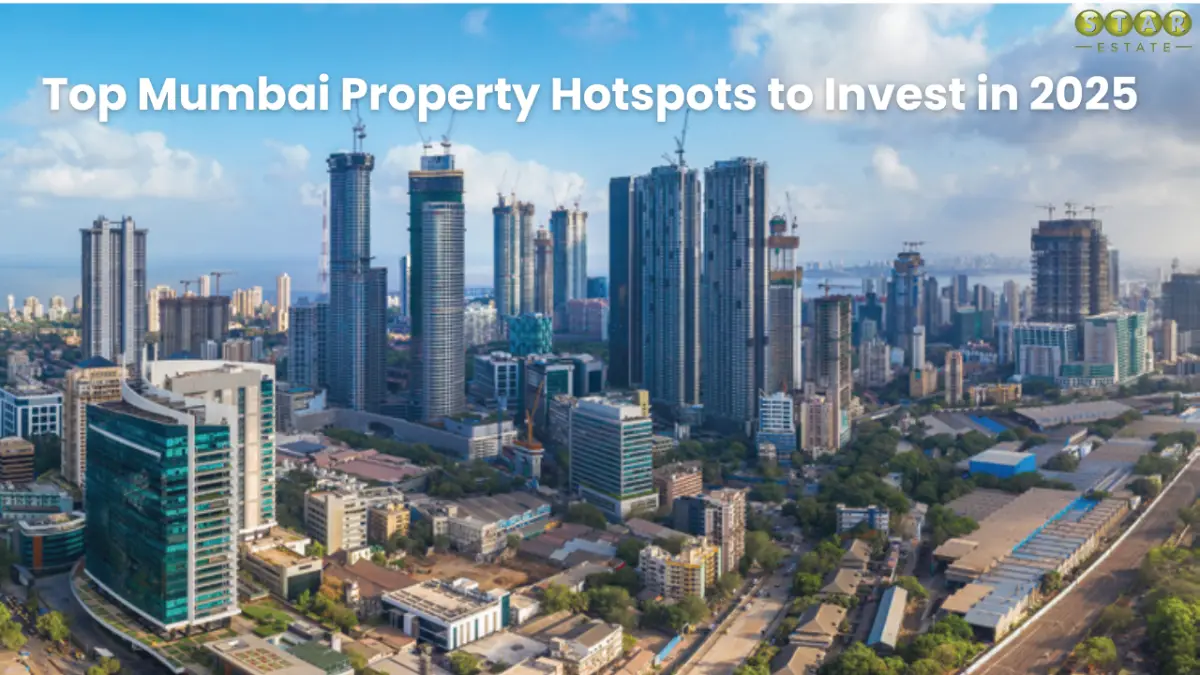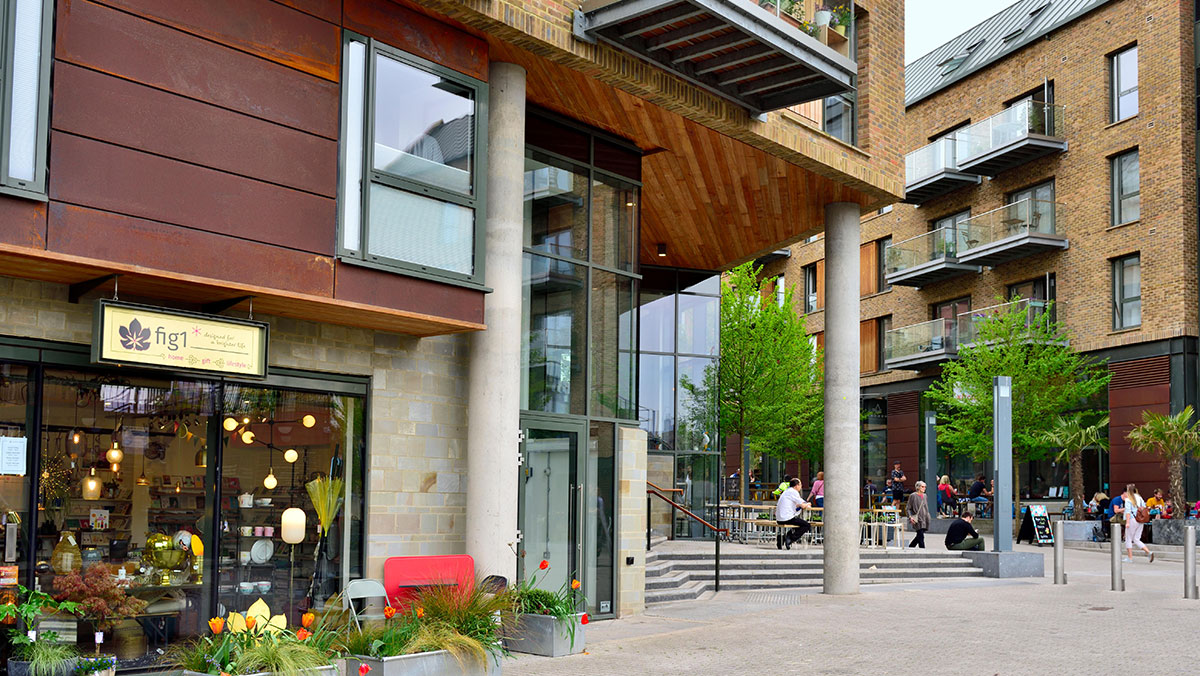Now Reading: Dubai Property: 5 Hidden Service Fee Taxes Affecting Long-Term Returns in 2025
-
01
Dubai Property: 5 Hidden Service Fee Taxes Affecting Long-Term Returns in 2025
Dubai Property: 5 Hidden Service Fee Taxes Affecting Long-Term Returns in 2025

Table of Contents
Dubai Property: Dubai’s real estate market in 2025 is a global investment powerhouse, with 99,000 transactions worth AED 326.7 billion in H1 and projected 5-9% price growth, per Dubai Land Department (DLD) data. Offering 6-10% gross rental yields, Dubai’s tax-friendly environment no annual property tax, personal income tax, capital gains tax, or VAT on residential leases maximizes profitability.
However, hidden service fees, often embedded with indirect taxes like 5% VAT, can erode long-term returns by 10-25% of rental income, per industry insights. Regulated by RERA under Law No. 6 of 2019, these fees include maintenance, utilities, and management costs, ranging from AED 10-12/sq.ft. in affordable zones like Jumeirah Village Circle (JVC) to AED 20-53.7/sq.ft. in luxury areas like Palm Jumeirah.
Qualifying Free Zone Persons (QFZPs) in Jebel Ali Free Zone secure 0% corporate tax, and the First-Time Home Buyer Programme offers 5% discounts on properties up to AED 5 million. Below are five hidden service fee taxes impacting long-term returns in 2025, with strategies to mitigate their effects.
1. VAT on Property Management Fees: 5% Add-On Costs
Property management services, common for expat investors, incur a 5% VAT on fees, typically 8-12% of annual rent, per Federal Tax Authority (FTA) rules. For a AED 2 million Downtown Dubai apartment yielding AED 140,000 (7%), a 10% management fee (AED 14,000) plus 5% VAT (AED 700) totals AED 14,700 annually. Over 10 years, this erodes AED 147,000 in returns. Investors can negotiate lower fees (6-8%) with firms like Provident Estate or manage rentals directly via RERA’s Ejari system to avoid VAT, preserving 6-7% net yields. Verify contracts for VAT transparency to avoid surprises.
2. District Cooling Charges: Embedded VAT in Utility Fees
District cooling, prevalent in luxury zones like Dubai Marina, includes 5% VAT within service charges, increasing costs by 5-8% in 2025, per Driven Properties. For a 1000-sq.ft. apartment with AED 20/sq.ft. service charges (AED 20,000), cooling fees of AED 5,000 include AED 250 VAT. This cuts net yield on a AED 2 million unit with AED 140,000 rent (7%) from 6% to 5.9%. Target energy-efficient buildings in Dubai South with Al Sa’fat certifications, reducing cooling costs by 10-15%, and check RERA’s Mollak system for VAT-inclusive breakdowns to plan budgets accurately.
3. VAT on Maintenance Contracts: Rising Repair Costs

Maintenance contracts for HVAC, elevators, or facade repairs, often bundled into service charges, carry 5% VAT, driving 5-7% fee increases in older buildings like Jumeirah Lakes Towers (JLT), per Elton Real Estate. A 1200-sq.ft. JLT unit with AED 15/sq.ft. charges (AED 18,000) includes AED 3,000 maintenance with AED 150 VAT, rising by AED 1,260 total in 2025. This reduces net yield on a AED 1.5 million unit with AED 105,000 rent (7%) from 6.2% to 6.1%. Invest in newer off-plan projects in Business Bay (AED 12-15/sq.ft.) with 10-year developer warranties to minimize VAT exposure, per RERA’s Law No. 6.
4. Agency Renewal Fees: VAT on Tenant Management
Renewing tenant leases through agencies incurs a 2-5% commission on annual rent plus 5% VAT, per RERA regulations. For a AED 3 million Palm Jumeirah apartment with AED 210,000 rent (7%), a 3% renewal fee (AED 6,300) plus VAT (AED 315) totals AED 6,615 annually, eroding AED 66,150 over 10 years. This cuts net yield from 6.3% to 6.1%. Handle renewals directly via DLD’s Ejari portal (AED 195 fee) or negotiate VAT-exempt flat fees with agencies like Driven Properties to preserve long-term returns, ensuring RERA-compliant agreements.
5. Sinking Fund Levies: Indirect VAT on Reserve Contributions
Sinking fund contributions, mandated by RERA for future repairs like roof or cladding upgrades, include 5% VAT on related contracts, adding 3-5% to service charges in 2025, per uaestories.com. For a 1000-sq.ft. Dubai Hills Estate unit with AED 18/sq.ft. charges (AED 18,000), a AED 900 increase includes AED 45 VAT on sinking fund contracts. This reduces net yield on a AED 2 million unit with AED 140,000 rent (7%) from 6.5% to 6.4%. Review Mollak for reserve fund transparency and target off-plan projects with robust sinking funds to avoid VAT-driven levies, securing 8-12% capital gains by 2028.
Why These Hidden Fees Impact Long-Term Returns
These hidden service fee taxes VAT on management, cooling, maintenance, agency renewals, and sinking funds consume 10-20% of rental income, reducing net yields by 0.1-0.4% annually, per Prime Bullions Properties. For a AED 2 million property with 7% gross yield (AED 140,000), a AED 2,000 VAT increase erodes AED 20,000 over 10 years. Dubai’s 6-10% yields outperform global markets (e.g., London’s 2.4%), but rising fees (AED 10-53.7/sq.ft.) challenge profitability. RERA’s Mollak, 90-95% occupancy, and 10-12% rent growth in 2025 sustain demand, offset by Golden Visa perks and DLD’s AED 761 billion 2024 transactions.
Strategies to Mitigate Hidden Fees
- Use Mollak and Ejari: Verify service charges via RERA’s Mollak and manage leases through Ejari to avoid VAT on agency fees.
- Invest in Eco-Properties: Choose LEED-certified units in JVC or Dubai South to cut cooling and maintenance costs by 10-15%.
- Negotiate Management Fees: Secure 6-8% rates or handle rentals directly to eliminate 5% VAT.
- Target Off-Plan Projects: Benefit from lower fees (AED 10-12/sq.ft.) and 10-year warranties, plus 5-15% developer discounts.
- Use QFZP Structures: Hold properties via Jebel Ali Free Zone for 0% corporate tax, or DIFC/RAK ICC to avoid 9% rental tax.
- Budget Contingencies: Plan for 10-15% fee increases and void periods, per industry advice.
- Home-Country Tax Planning: U.S. investors use IRS Form 1118 for U.S.-UAE DTA credits; Indian investors comply with Liberalised Remittance Scheme ($250,000 limit). Muslim investors account for 2.5% Zakat (e.g., AED 3,500 on AED 140,000 rent).
Outlook for Dubai’s 2025 Market

Dubai’s 6.2% GDP growth, 25 million tourists, and infrastructure like Metro Blue Line and Al Maktoum Airport drive demand, per DLD. Despite 76,000 new units, 90-95% absorption rates and RERA protections mitigate oversupply. Off-plan sales (70% of Q1 2025) and incentives like 5-20% discounts or DLD waivers enhance affordability. Hidden service fee taxes challenge long-term returns, but strategic planning preserves Dubai’s 6-10% yields and 8-15% capital gains.
Conclusion
VAT on property management, district cooling, maintenance contracts, agency renewals, and sinking fund levies are five hidden service fee taxes impacting Dubai’s 2025 long-term returns. Eroding 0.1-0.4% of net yields, these costs require mitigation through eco-investments, direct lease management, and QFZP structures. With no property, income, or gains taxes, strategic budgeting and RERA compliance ensure Dubai remains a high-ROI investment hub for expats and global buyers. Hidden Service Fee Taxes
read more: Dubai Real Estate: 7 Rules of Real Estate Transaction Tax (RETT) Exemptions for Expats in 2025






















